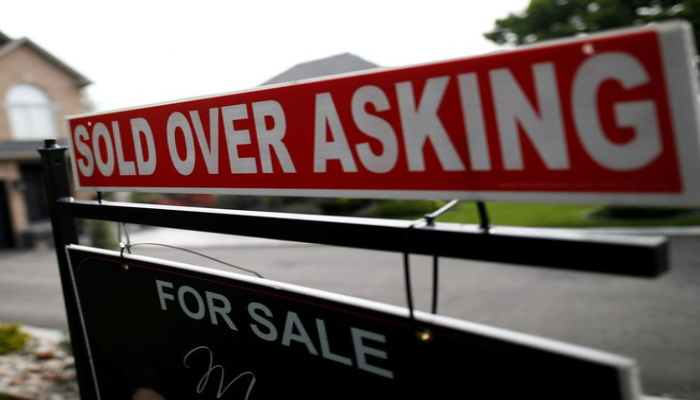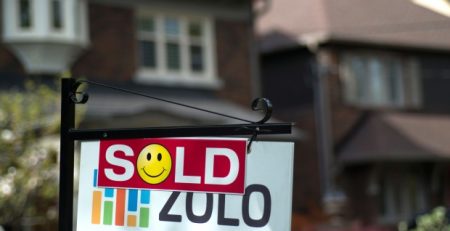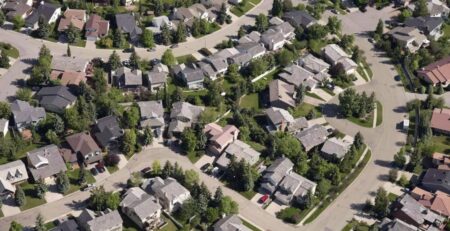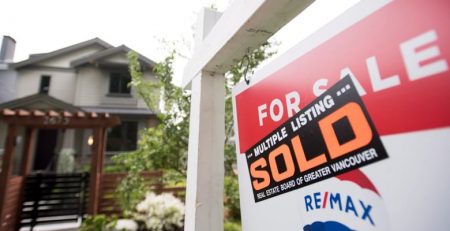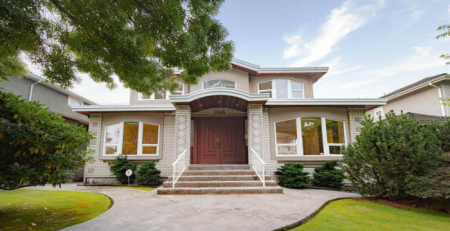New stress test rate makes it more difficult for home buyers to qualify for mortgage
Home buyers have contended with a series of costly hurdles in this ongoing, high-octane housing market — supply shortages, growing and pent-up demand, red hot prices and bidding wars just to name a few.
It’s been a great time for sellers, but not so great for those looking to get into the market or upsize.
Now the federal government is effectively putting another significant hurdle on the path to home ownership that will especially impact first-time buyers.
In May, the Office of the Superintendent of Financial Institutions (OSFI) and the federal government raised the mortgage “stress test” bar for anyone who applies for a mortgage in Canada.
It was intended in part to slow down the overheated housing market and likely in part because inflation (and higher interest rates) are on the horizon.
What it means is many buyers, and especially first-time buyers, will see how much they can borrow reduced by about 5%.
Here’s what you need to know.
The stress test rate isn’t the rate you actually pay. At 5.25%, it’s higher than currently posted bank rates.
So even if you qualify for a mortgage at current rates in the 2% ballpark, the banks are required to ensure you can carry a mortgage payment in the 5% range.
The new rate applies both to insured and uninsured mortgages.
Let’s look at both scenarios.
Buyers with less than 20% to put down on a home must apply for federal mortgage insurance through the Canada Mortgage and Housing Corporation (CMHC) to get a loan from major lenders.
Mortgage insurance allows buyers to get into the market with just 5% down on the first $500,000 of their purchase price, plus 10% on the remainder up to $1 million (but it’s not available on homes worth more than $1 million).
So anyone qualifying for what in this market would be a modest $600,000 house or condo, the federally insured buyer’s down payment could be as little as $35,000 — 5% on the first $500,000 (or $25,000) and 10% of the remaining $100,000 or an additional $10,000.
Mortgage insurance helps buyers get into the market sooner, allows them to buy homes they couldn’t otherwise afford, gives them access to competitive mortgage rates and acts to stabilize the mortgage market, especially during slower economic times when banks may be more reticent to lend.
The cost of federal mortgage insurance is a premium — amounting to $22,600 on our $600,000 home or 4% of the mortgage amount, which gets added to buyers’ mortgage payments.
But with the new federal rule changes, the new 5.25% stress test threshold now means buyers on average also will see the maximum amount they can borrow reduced by about 5%.
That’s a drop of about $30,000 for someone shopping for a $600,000 home and means buyers will either need to save up more, or find a cheaper home.
And it means buyers would need to prove to the bank they can afford a monthly payment of $3,366 at the 5.25% rate when they could get a mortgage at around 2% or $2,392 a month.
The other group of buyers are those with larger down payments, more than 20%, who qualify for an uninsured mortgage.

